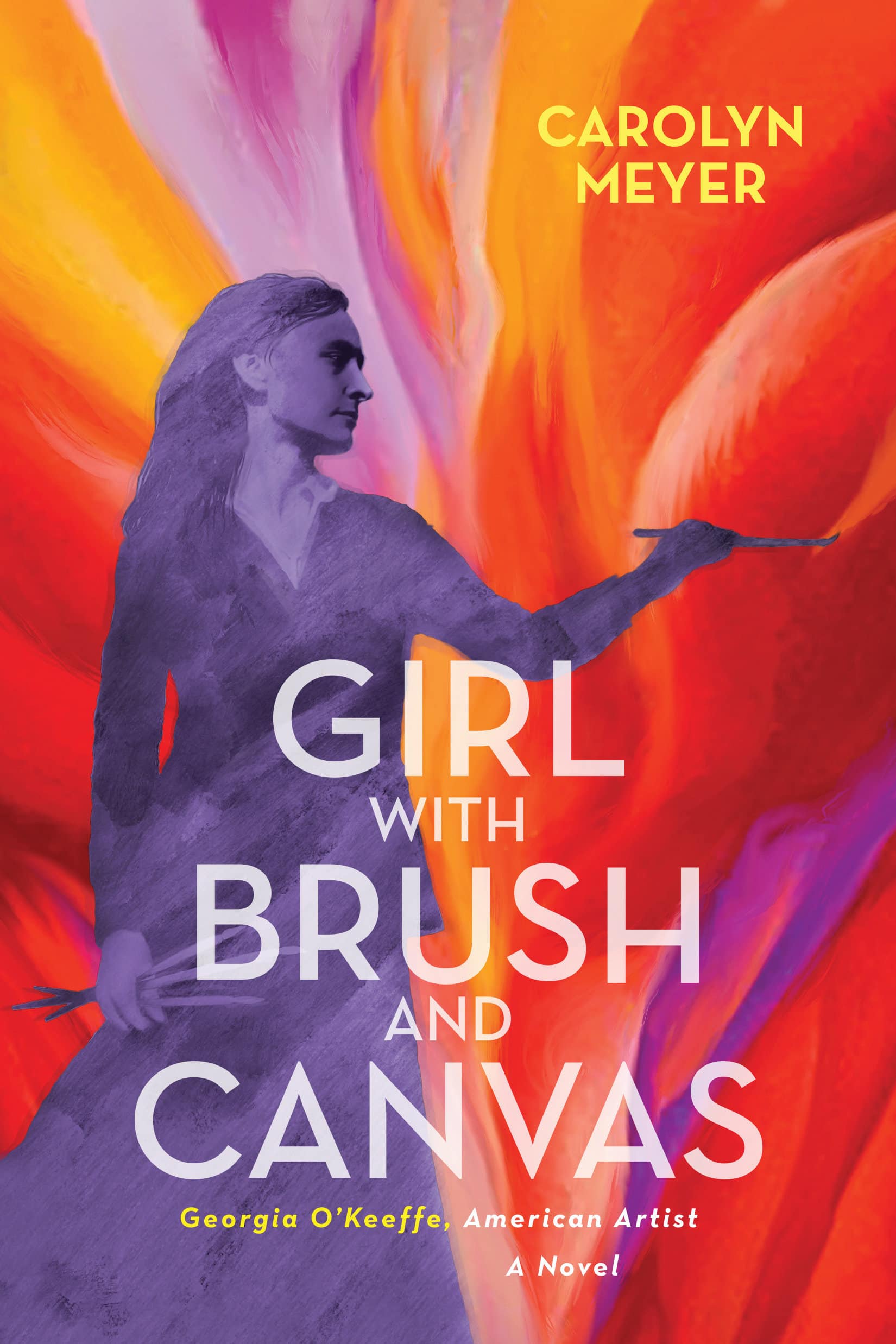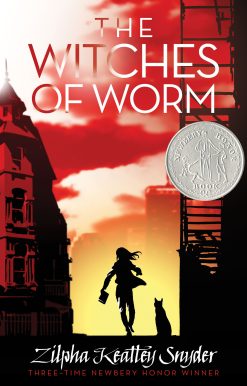Georgia O’Keeffe, American Artist: Girl with Brush and Canvas
19.95 JOD
Please allow 2 – 5 weeks for delivery of this item
Add to Gift RegistryDescription
The life of artist Georgia O’Keeffe is revealed in this biographical novel — from her childhood when she decided to be an artist, through her art education in Chicago and New York, to her eventual rise to fame in the American Southwest.At the age of 12, Georgia O’Keeffe announced that she wanted to be an artist. With the support of her family, O’Keeffe attended boarding schools with strong art programs, and after graduating, went to live with an aunt and uncle in Chicago to attend the city’s highly regarded Art Institute. Illness forced O’Keeffe to leave Chicago, but once she’d recovered, her family scraped together funds to send her to New York to study at the Art Students League. When her family fell on hard times, she left without the degree she needed. Discouraged, but unwilling to give up her dream, O’Keeffe found a different path. She became an art teacher in schools in Texas and South Carolina, honing her own craft as she taught her students. O’Keeffe never gave up her dream, no matter what obstacles she encountered–she knew she was meant to be an artist.
Additional information
| Weight | 0.425625 kg |
|---|---|
| Dimensions | 2.8194 × 14.9352 × 21.59 cm |
| Author(s) | |
| Format Old` | |
| Language | |
| Pages | 320 |
| Publisher | |
| Year Published | 2019-2-5 |
| Imprint | |
| For Ages | 5 |
| Publication City/Country | USA |
| ISBN 10 | 1629799343 |
| About The Author | Carolyn Meyer is the award-winning author of numerous novels for children and young adults, many of them on courageous women of the past. Her books include Girl with a Camera, about Margaret Bourke-White, and Diary of a Waitress, about the Harvey Girls of the American West. She lives in Albuquerque, New Mexico. Visit her at readcarolyn.com |
| Excerpt From Book | Part I “I’m going to be an artist.” 1 Sun Prairie, Wisconsin—Summer 1900 The first time I told anyone that I was going to be an artist, Lena and I were hanging wet sheets on a clothesline. Linen is heavy when it’s wet, and it took two of us to make sure the sheets didn’t drag on the ground. Lena’s mother was our washerwoman, and Lena was my best friend. I was twelve years old, and she was thirteen and taller than me and had a bosom. We heaved another sheet over the line. “What are you going to be when you grow up?” I asked. The question just popped out. Lena’s dark eyes flickered over me. “A grown-up lady, I guess.” She squared up the corners of the sheet. I passed her a couple of wooden clothespins from a cloth bag, and she clamped the sheet to the line. “Like your ma, and mine, looking after a husband and a whole lot of children.” I had six brothers and sisters; Lena had eight. Lena shrugged, her skinny shoulders going up and down. “You planning on being something different?” “Yes,” I said. “I am going to be an artist.” I felt very sure about that, although I’d only just arrived at that decision. It was like stepping off a train in a town I’d never been to before. Lena’s face always showed exactly what she was feeling. She shook her head and frowned. “An artist? What d’you mean, Georgie? What kind of artist you planning on being?” I hadn’t thought about that part. Were there different kinds? “I want to paint pictures,” I said. Lena snatched a pillow slip from the basket and flapped it hard. “Pictures of what? Cows? Plenty of them around here, for sure.” Ours was a dairy farm with tobacco as the main cash crop, like most other farms in this part of Wisconsin. She was right—there were plenty of cows. “Pictures of people, but not just anybody. Only people who are good-looking.” Gloomy portraits of Mama’s ancestors glared down from the walls in our parlor. I didn’t want to paint anything like those. Lena’s face, round and plain as a custard pie, collapsed into a pout. “Of me?” she asked in a pinched voice, and I understood that she was afraid she wasn’t good-looking enough for me to paint her picture. “Of course, Lena! A very nice one of you!” Her pout faded, a smile broke across her face, and for that minute she was good-looking. Almost. Her eyes were too close together, and there was no help for that. We threw the last sheet over the clothesline. Lena propped up the sagging rope with a wooden pole. A breeze came up, and the sheets billowed like sails. I stepped back to admire a drift of clouds piling up along the western horizon. The clouds had taken on a violet tint that was deepening to purple. “Look at that sky, Lena,” I said. “Pretty, isn’t it?” “Nuh-uh. Gonna rain, for sure,” she grumbled, “and we’ll just have to take everything down and then hang it all up after it’s done.” Lena was right again. We’d just climbed up the narrow, twisty stairs to my tower room when the sky turned the color of wet slate and daggers of lightning slashed through the clouds. We rushed down to rescue the bed linens before the rain broke loose, but we weren’t quick enough to avoid getting soaking wet ourselves. I was the next-to-oldest O’Keeffe, after Francis; then came four sisters with another brother in between. Our mother said that each of us had been given a different talent, and some of us more than others. My sister Ida, two years younger, was the one Mama decided had the most artistic talent. Every time Ida drew a pretty picture, Mama made a fuss about it. I kept it to myself that I did not have in mind just drawing pretty pictures—I was going to be an artist. There was a difference, and I knew that, even then. |
Only logged in customers who have purchased this product may leave a review.






Reviews
There are no reviews yet.